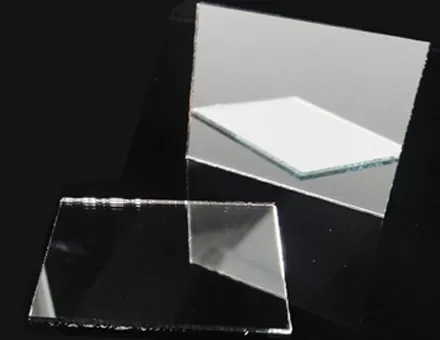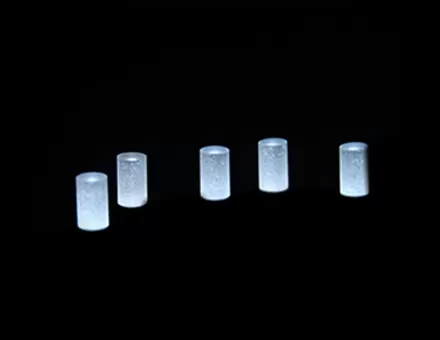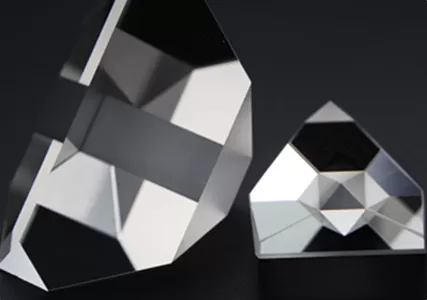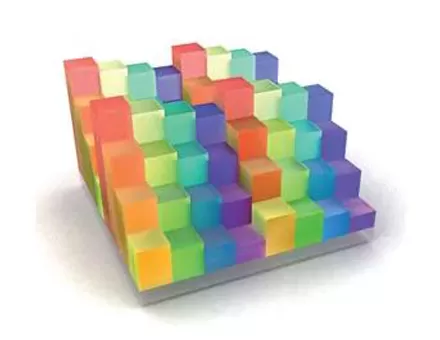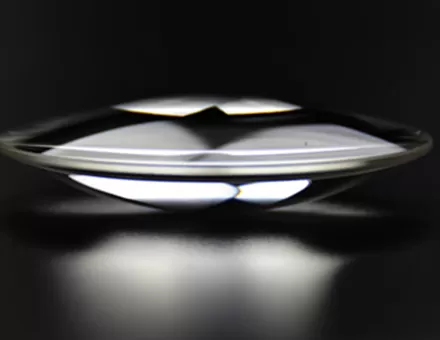With the continuous development of science and technology, people's living standards have also risen to a new well-off era. There are more and more highways, urban roads and vehicles, so there are higher and higher requirements for traffic control and management. Intelligent transportation system has become the main direction of current traffic management development, and license plate recognition technology, as the core of intelligent transportation system, plays a pivotal role. So what is the application of narrowband filters in traffic intelligence and license plate recognition?
1. Narrow-band filter to isolate external interference light
Due to the complexity of the license plate number itself, some are similar in appearance, some are of different colors, some are damaged, and the writing is not clear. In addition, the license plate is constantly moving, and it is basically taken in the open air, so the high resolution is obtained. , the original image with low noise is particularly important, and the optical filter plays a decisive role in the subsequent extraction and recognition of license plate characters. Usually, in the occasion of license plate recognition, the ambient light source is very complex, which greatly affects the clear imaging of the license plate, and the narrow band filter, as a component that isolates external interference light, its importance is the key, and the selection of its performance is also very crucial.
2. Advantages of installing narrowband filters
The filter is generally installed in front of the camera lens or in front of the CCD sensor inside the camera. Generally, there is a certain angle between the camera and the license plate number, generally less than 20°, in order to separate the lighting system. When shooting license plate numbers, the main interference light is sunlight, including direct or diffuse reflection or scattered sunlight, as well as halogen lights, deuterium lights and LED lights of car lights, and some lights with unknown road conditions. The interference light source is complex and involves the wavelength range is wide, and the span generally exceeds the CCD spectral range of 400nm-1100nm. Moreover, the interference intensity is large, so it is not easy to remove the interference light when photographing the license plate. So how to choose a narrowband filter?
When processing license plate images, the images are generally converted into black and white images with grayscale. The light source used for shooting can be visible light or near-infrared light source. At present, near-infrared light source is generally used, and the wavelengths are mostly 850nm and 940nm. Because this is invisible light, it can avoid making the driver feel dazzling when shooting. There are a few things to keep in mind when choosing a narrowband filter:
(1) Determine the passband range of the narrowband filter according to the shooting light source used.
(2) The cut-off range of the filter should cover the spectral response range (400~1100nm) of the CCD camera on the silicon substrate.
(3) The bandwidth of the narrow-band filter should be 20~30nm.
(4) The peak transmittance of the filter should be higher, and the general requirement is > 80%.
(5) Do a good job of protecting the filter, so that it cannot be exposed, or a layer of anti-fog and waterproof film should be plated.


















 EN
EN
